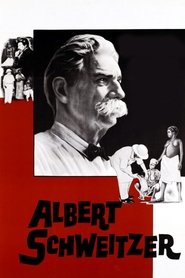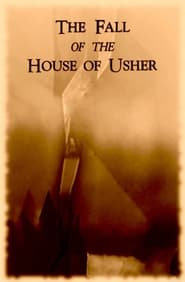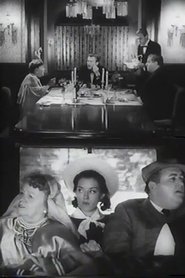detail profile alec wilder
Peran Yang Di Mainkan Alec Wilder
 A little boy and his sister...
A little boy and his sister...The Sand Castle 1961
A little boy and his sister forced to spend a day at the beach build a sand castle, to the delight and interest of others. Rich black and white photography collides with a novel fantasy sequence combining color photography, stop motion and cutout animation. Equal parts Jacques Tati, A. Lamorisse and (Hill's perrenial favorite) C. G. Jung.
 This biographical docudrama traces the life...
This biographical docudrama traces the life...Albert Schweitzer 1957
This biographical docudrama traces the life of Dr. Albert Schweitzer, from his birth in Alsace, up to the age of 30 when he made the decision to go to French Equatorial Africa and build his jungle hospital. The latter half of the film encompasses a full day in the hospital-village, following the octogenarian Samaritan in his daily rounds.
 1950 short film portrait of the octogenarian...
1950 short film portrait of the octogenarian...Grandma Moses 1950
1950 short film portrait of the octogenarian folk artist. Nominated for an Oscar in the category "Best Short Subject, One-reel".
 Watsons avantgarde film is a unique...
Watsons avantgarde film is a unique...Tomatos Another Day 1934
Watson’s avant-garde film is a unique example of dadaist aesthetics in early sound cinema. A minimalist and virtually expressionless acting style on a claustrophobic set characterizes the melodramatic love triangle. Watson considered the film a failure, though it appears extremely modern today, and suppressed its existence. - Jan-Christopher Horak
 In a decaying castle surrounded by...
In a decaying castle surrounded by...The Fall of the House of Usher 1928
In a decaying castle surrounded by a dank, mirrored lake live the morbidly nervous Roderick Usher and his sickly twin sister, Madeline. Their tale is told and dimly comprehended by the unnamed narrator, a boyhood friend whom Roderick has summoned. When Madeline soon dies—or seems to die—they entomb her body. On a stormy night, "cracking and ripping" sounds and a "shriek" from below convince the panicky Roderick that "We have put her living into the tomb!" The shrouded, emaciated figure of Madeline appears at the door of Roderick's book-strewn study, falls upon him, "and in her violent and now final death-agonies, bore him to the floor a corpse."

 Based on Jerome Hills unpublished novel...
Based on Jerome Hills unpublished novel... Lot in Sodom is a sensual...
Lot in Sodom is a sensual...